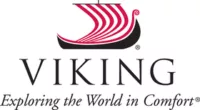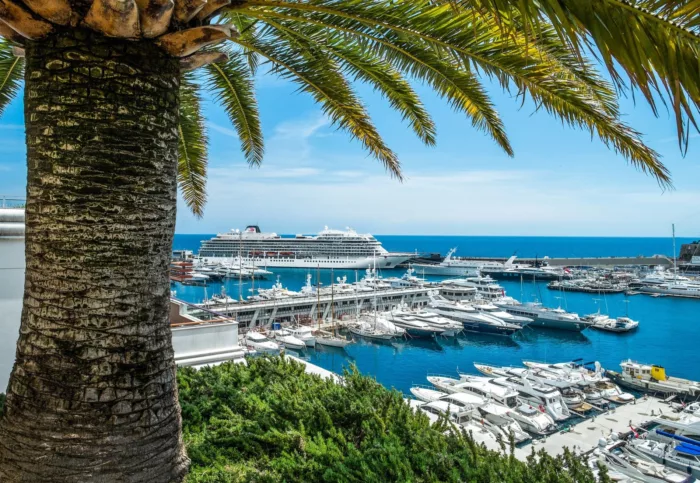
Viking Ocean Cruises
Viking began as a river cruise line and entered the ocean-cruise market with the launch of the 930-guest Viking Star.
Viking has already made an indelible mark on the sector with its fleet of stylish, near-identical, adult-only ships.
The cruise line currently has 10 ships in its fleet.
930
Passengers
2022
Launched
2444m
Length
310m
Width
EUR
Currency
Cruise Itinerary
Day 1
Barcelona, Spain
Day 2
Marseille, France
Day 3
Ajaccio, Corsica, France
Day 4
Civitavecchia, Italy
Day 5
,
Days 6 - 7
Valletta, Malta
Day 8
La Goulette, Tunisia
Day 9
,
Day 10
Alger (Algiers), Algeria
Day 11
,
Day 12
Casablanca, Morocco
Day 13
Cádiz, Spain
Day 14
Málaga, Spain
Day 15
,
Day 16
Barcelona, Spain

Day 1
Barcelona, Spain

Day 2
Marseille, France

Day 3
Ajaccio, Corsica, France

Day 4
Civitavecchia, Italy

Day 5
,

Days 6 - 7
Valletta, Malta

Day 8
La Goulette, Tunisia

Day 9
,

Day 10
Alger (Algiers), Algeria

Day 11
,

Day 12
Casablanca, Morocco

Day 13
Cádiz, Spain

Day 14
Málaga, Spain

Day 15
,

Day 16
Barcelona, Spain
Ship Details


Viking Ocean Cruises
Viking Neptune
Expand your horizons on this comfortable, award-winning ship design, intimate and thoughtfully created by experienced nautical architects and designers to enrich your interaction with your destination in every way.
Cabins
All Prices




















